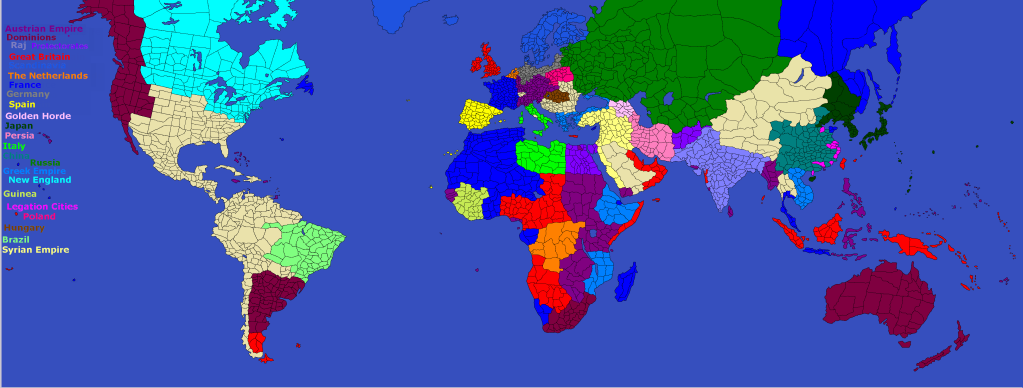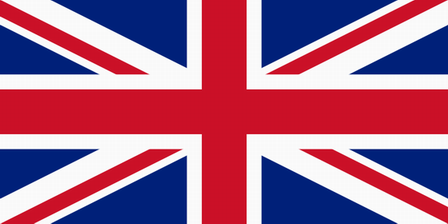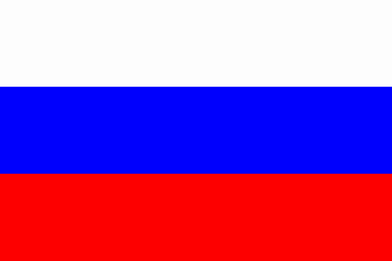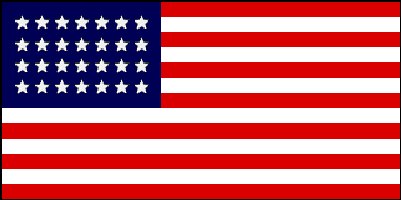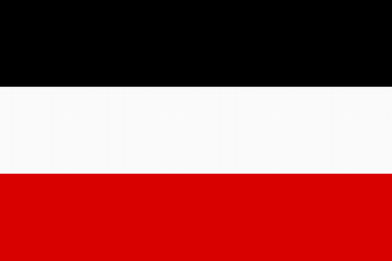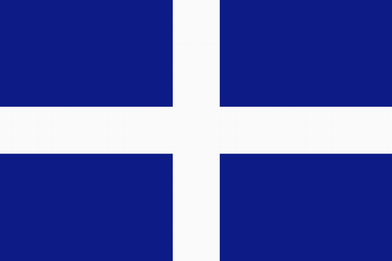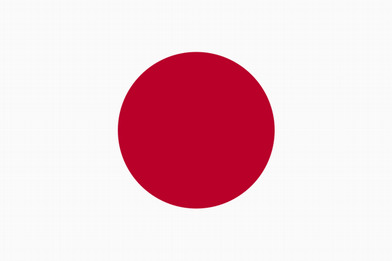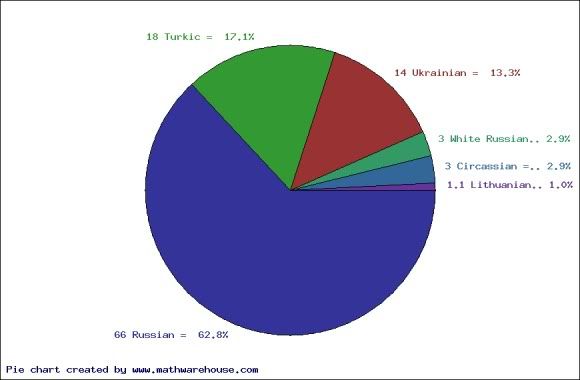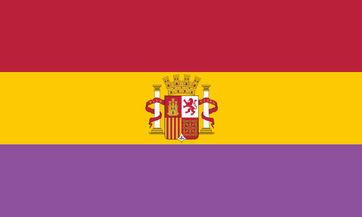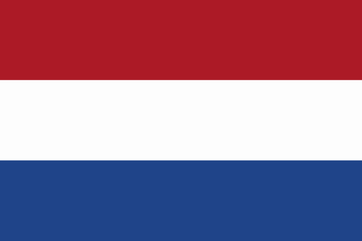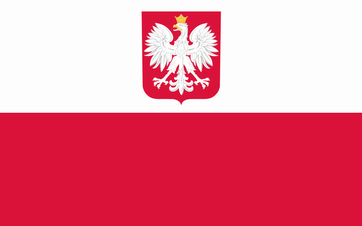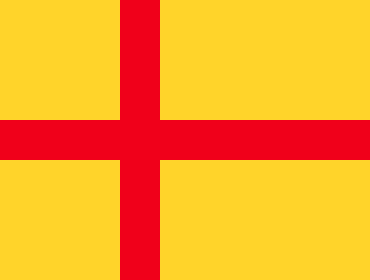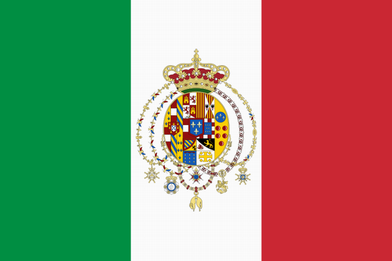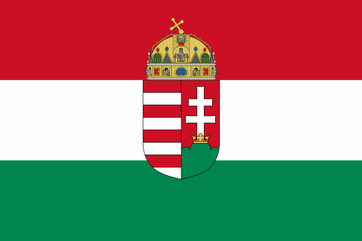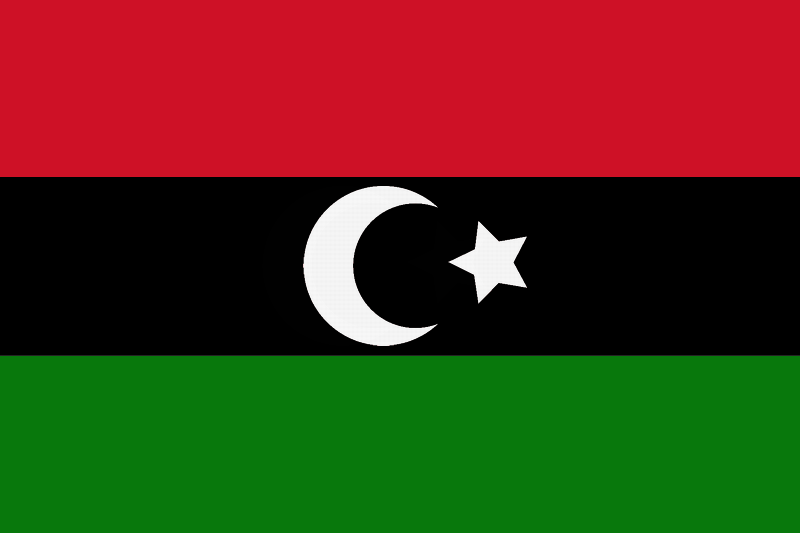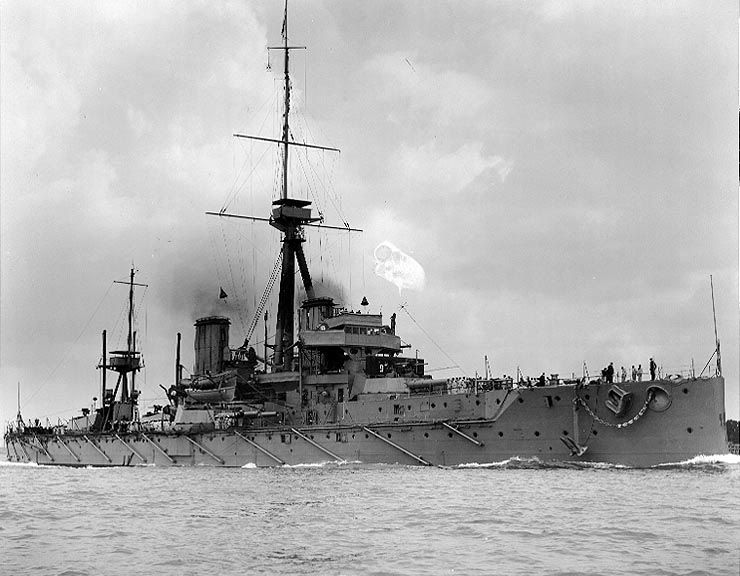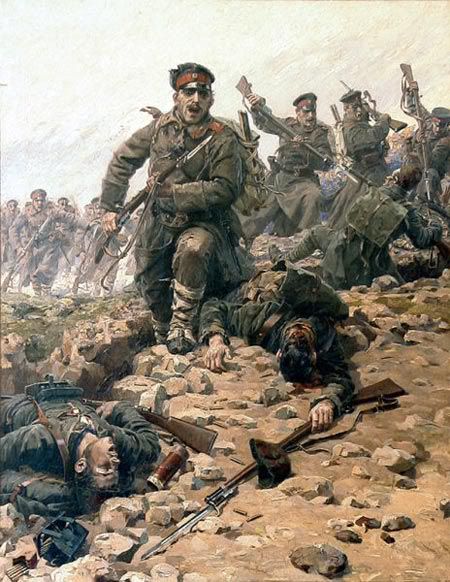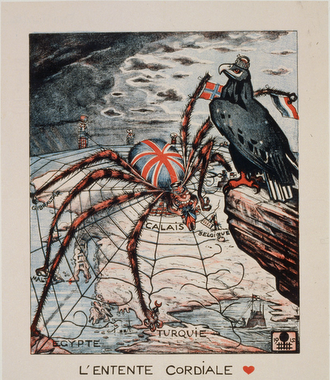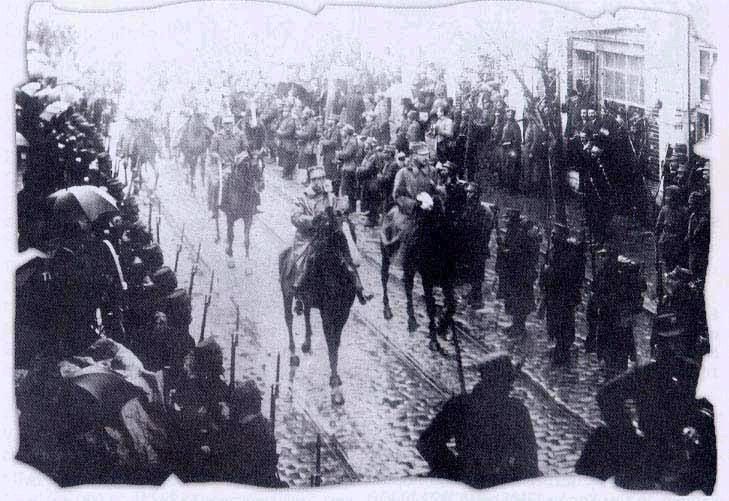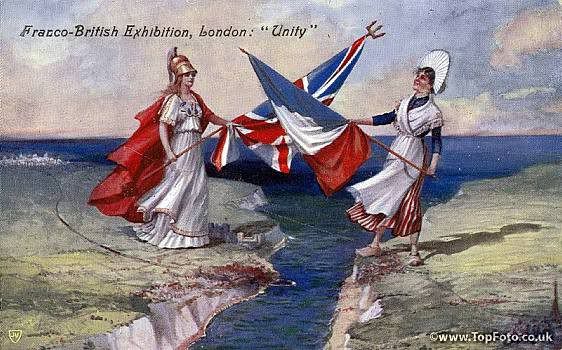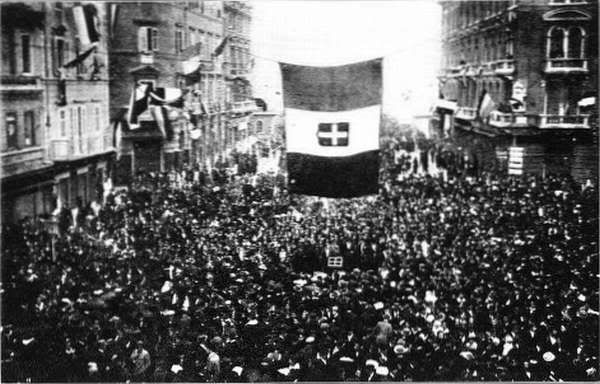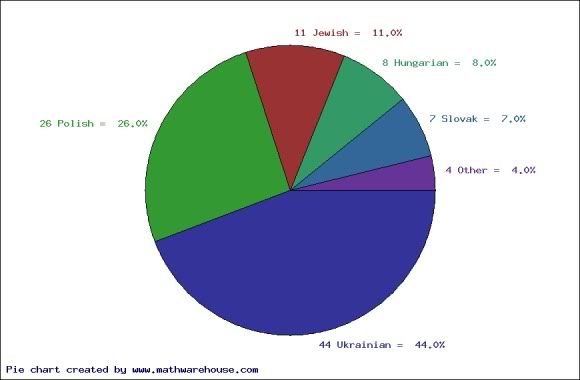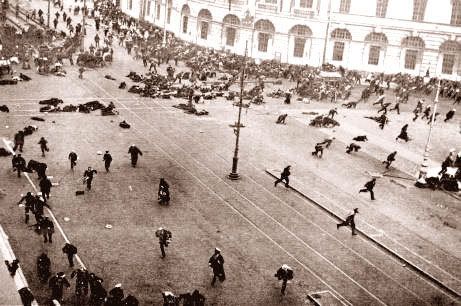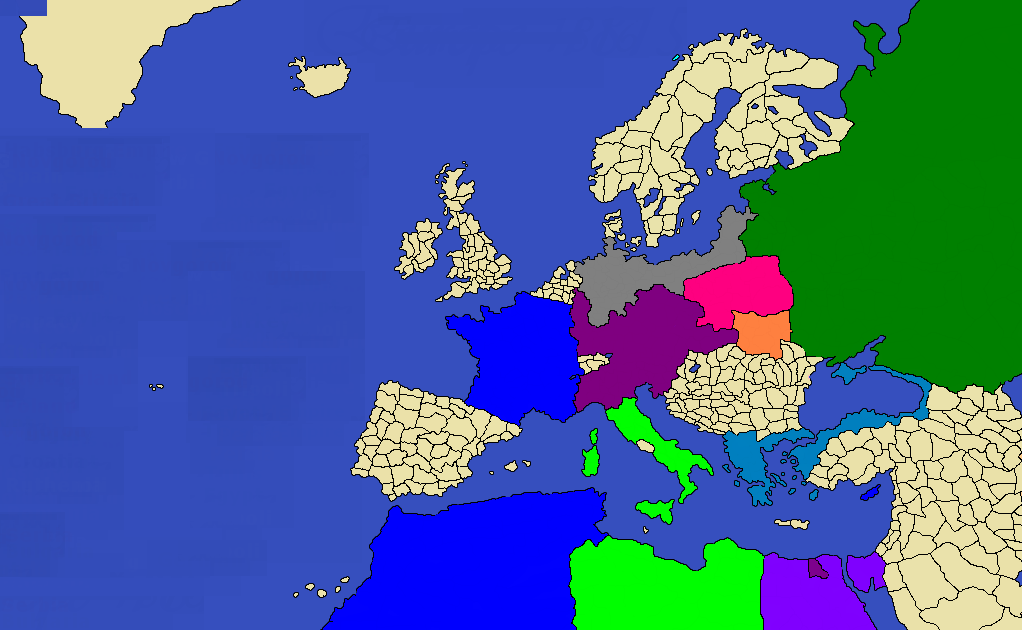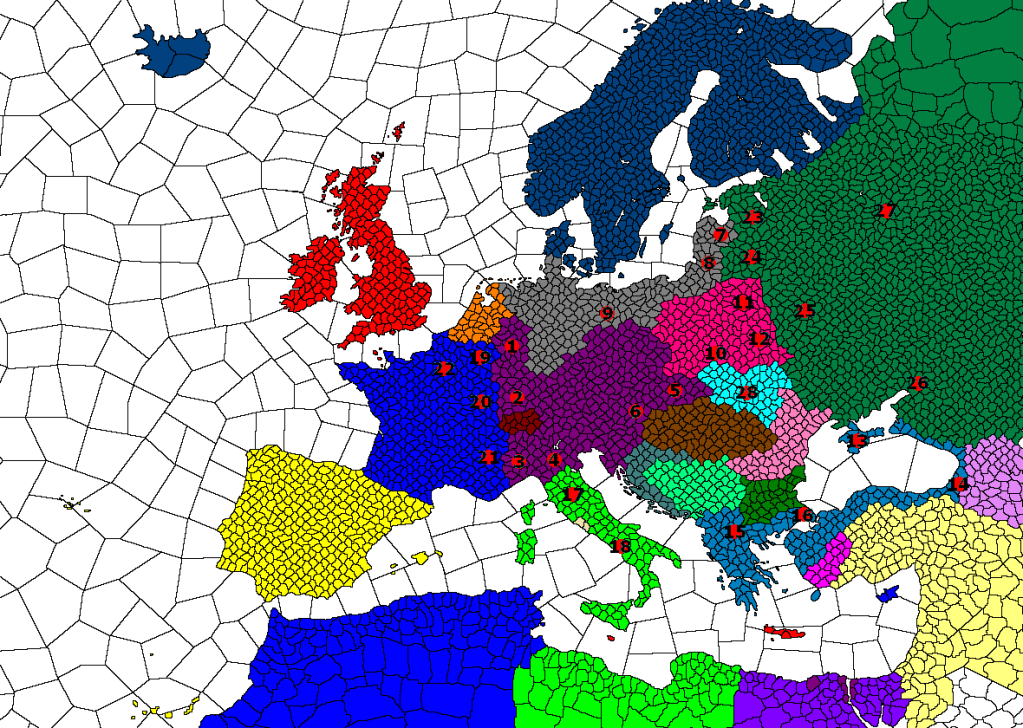The World in 1908
In 1908, as Europe prepared itself for a seemingly inevitable conflict it dominated the world as never before. Half of Asia, much of the Americas and all of Africa, Australasia and the Pacific lay under European rule. Yet the continent’s golden age was now in the past, and now having grown fat on the fruits of Empire the 20th century would see the decline of the Old Continent, never again would Europe be quite so important.
The Great Powers
# 1 - Austrian Empire (1860 - # 1)
Population: 127,000,000 (1860 – 54,000,000)
Industry: 100
Military (Land): 100
Military (Naval): 69
Technology: 93
Total: 351
In 1908 the Austrian Empire was by far the most powerful state on earth having greatly increased the wide gap that already existed between it and its nearest rivals in 1860. It ruled over the well over a hundred millions citizens in Europe and well over a billion overseas, never before had such a large portion of the world’s peoples sworn allegiance to one man – the new Emperor August.
Austria drew much of its strength from its extremely large population. Austria was the 3rd most populous state on earth behind only China (a state in utter chaos) and the Indian Empire (a semi-independent state that was within the Habsburg Empire). This large population and the state’s untold wealth made it easy for Austria to establish the world’s strongest army and the world’s largest industrial base.
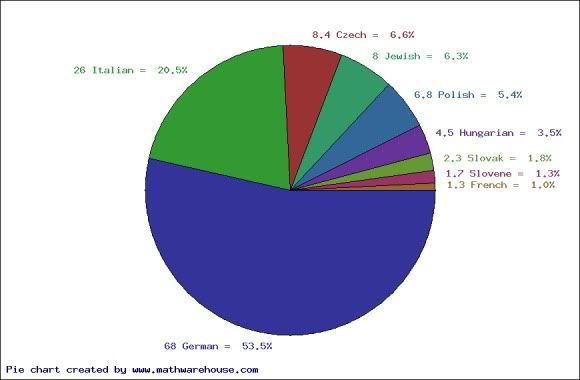
Yet one weakness of this large European Empire was Austria’s failure to evolve into a nation state – there were 9 ethnic groups with over 1 million people within Austria whilst barely over half of the population was German. The liberal democracy founded within Austria had encouraged large scale immigration from Poland, Hungary and Italy as these neighbouring peoples living under more oppressive regimes looked to take advantage of the better living standards and within Austria. Meanwhile the portion of the Empire that was German had slightly increased since 1860 due to a lower rate of emigration than in other parts of the Empire whilst emigration from Lombardy was higher than anywhere else, this lead to a decrease in the portion of the populace that was Italian despite immigration from the Italian state to the South.
Austria achieved its remarkable population growth due to a number of factors. Unlike France and Britain Austria maintained a very high population growth rate from 1860 until 1908 and unlike states like Italy and Germany there was a rather low rate of emigration. Whilst millions of Austrians did leave the majority who left went to Austria’s Dominions – helping to create smaller Austrian societies abroad.
# 2 - United Kingdom of Great Britain and Ireland (1860 - #2)
Population: 52,000,000 (1860 – 34,000,000)
Industry: 78
Military (Land): 34
Military (Naval): 100
Technology: 98
Total: 244
In the period 1860-1908 British industry went into relative decline. This was largely due to the fact that Britain seemed to reach a limit to its urbanisation – further urban growth was simply impossible for Britain’s agriculture to support.
However Britain continued to support the world’s largest and most modern fleet spread over 3 Oceans, the Mediterranean and the North Sea. The United Kingdom also remained at the forefront of world technological progress.
Britain’s overseas Empire was comparable to that of France, perhaps slightly superior. But unlike the Russians who colonised Siberia, the Austrians who colonised their Dominions and the French who colonised Algeria the British lacked a location that had been heavily colonised by Brits. The majority of British and Irish emigrants did not go to the colonies but to New England.
The British also continued to exert influence over Scandinavia and the Netherlands in Europe (two states that shared a Monarch with Britain until 1901) whilst Albion also held extensive interests in the Balkans.
# 3 – France (1860 - #4)
Population: 42,000,000 (1860 - 38,000,000)
Industry: 68
Military (Land): 87
Military (Naval): 81
Technology: 90
Total: 237
The past 5 decades had been an incredible success for France but this success was marred by one major problem – France had Europe’s lowest birth rate. At the Treaty of Vienna Austria’s population had been marginally higher than France’s by 1860 it was 16,000,000 million higher and now in 1908 it was more than treble France’s population. Whilst the French population increased by 4 million between 1860 and 1908 Austria’s increased by 73,000,000.
The fine foreign policy of the French during the reign of Napoleon IV secured France’s position as she won a major victory in the Franco-Spanish War and won a diplomatic coup that formed the Entente alliance with Russia. France also maintained significant Oriental influence thanks to its long standing alliance with Japan – similarly to the situation with Russia France ensured Japan’s strength in order to keep guarantee its protection (in this case the protection of its Asian Empire). Despite now being in a weaker state French diplomacy had ensured the Empire’s continuation as one of the world’s foremost powers.
# 4 - Russia
Population: 105,000,000
Industry: 29
Military (Land): 96
Military (Naval): 53
Technology: 64
Total: 236
In 1860 Russia did not exist. It had endured centuries of foreign occupation by the Mongols and Lithuanians and since the Treaty of Vienna division under 3 Principalities. But in 1875 The Russian Empire was formed as the Russian Princes united under the Muscovite banner following the defeat of the Mongols. Since then the Russia had not ceased its expansion. By 1908 it ruled everything between the Baltic Sea and the Gobi Desert.
Yet it was not the years of expansion that made Russia a world power but the signing of the Entente in 1885. It was in French interests to create a superpower in Eastern Europe and they had done their upmost to do just that. The Trans-Siberian Railway opened up Siberia for colonisation and stamped Moscow’s authority over its Eastern possessions whilst French expertise and investment had led to the beginnings of Russian industry and the modernisation of both her fleet and army.
# 5 - New England (1860 - # 5)
Population: 56,000,000 (1860 - 27,000,000)
Industry: 87
Military (Land): 21
Military (Naval): 64
Technology: 91
Total: 225
Throughout the latter half of the 19th century New England developed into a magnate for mass immigration. The world’s latest land of milk and honey New England was certainly good alternative to the squalor of Britain’s industrial sprawls, the oppression of Eastern Europe, the militarism of Germany and the internal chaos of Italy. Although the emergence of Russia denied New England the chance to break into the top 4 Powers the state’s rise in importance was clear.
Of the top 16 powers it was now the third most populous, its once laughed at military had evolved into a force to be reckoned with, it has closed the gap of the major European powers and even overtaken Germany whilst the technological lead once enjoyed by the strongest European states had been closed altogether.
# 6 – Germany (1860 - #3)
Population: 36,000,000 (1860 - 24,000,000)
Industry: 76
Military (Land): 84
Military (Naval): 49
Technology: 100
Total: 223
Germany decline in position can largely be attributed to its comparatively small population. Despite very high birth rates Germany failed to match Austria’s growth (largely due to mass emigration) and was therefore unable to support an army as powerful as Austria’s or build an industrial base as large as Austria’s. Yet only Britain was more urbanised than Germany and the country boasted both the most modern army in the world and some of the most high-tech industries. Prussian military training was infamous the world over and Germany made up for the lack of Empire by spreading its influence through German rifles and Prussian officers who armed and trained many of the world’s militaries.
Frustratingly for its rulers the German Empire had been forced to largely abandon its old dream of uniting the Germanic people due to the new geo-political situation that arose following the formation of Russia. The Russian invasion of Lithuania in 1880 almost sent Germany into a two front war with Russia and France and sent the Empire into the arms of its old rival Austria as it was forced to form the Triple Alliance (later the Quadruple Alliance) in 1881 for protection. The Empire is entirely reliant upon Austria to protect its Western flank from France.
# 7 – Greece (1860 - # 7)
Population: 39,000,000 (1860 - 20,000,000)
Industry: 61
Military (Land): 64
Military (Naval): 70
Technology: 85
Total: 201
The Greek decision to model itself upon Austria catapulted the Greek Empire to the table of the world’s supreme powers. Much like Austria the country was divided, although it had substantial minorities of Circassians, Bulgarians, Albanians, Serbs and (despite the expulsion) Turks the main division was in religion. The West of the Empire was Orthodox and the East was Muslim, the Emperor was Christian and his capital Sunni.
The creation of a liberal Constitutional Monarchy had also borne fruit as emigration remained comparatively low allowing the country to overcome its greatest barrier to Great Power status – the small number of Greeks.
In foreign affairs the young Empire had been outstandingly successful. In the Balkan War (1878-1880) Greece won a major victory, conquering substantial lands in both Anatolia and Europe. Greece also built a large Empire which with Greek East Africa, Ethiopia and Indochina was amongst the most desirous in the world.
Everything had pushed Greece towards Austria. Greece was entirely reliant upon the Suez Canal for maintaining contact with its Empire in the East. Greece was opposed to French rule in Cyprus and British rule on Crete and also to the meddling of the two powers in Balkan affairs. Much more importantly Greece was under severe threat from Russia on its North-Eastern border and from Russia’s Serb and Bulgarian lapdogs on its North-Western border. These circumstances led Greece into the Triple Alliance which was renamed the Quadruple Alliance in 1890 following Greece’s admittance.
# 8 – Japan (1860 - # 8)
Population: 53,000,000 (1860 - 30,000,000)
Industry: 58
Military (Land): 36
Military (Naval): 74
Technology: 72
Total: 199
Japan remained Asia’s only power of any real note. More concerned with the troubling situation in China than with the tensions in Europe Japan had been the primary supporter of the idea of the Legation Cities and provided more troops to occupy them than any other state.
Throughout the past 5 decades Japan had mostly looked to increase its influence over its old Chinese foes but had secured expansion into the Pacific.
The primary tenant of Japanese foreign policy for the past century had been simply to maintain its alliance with France. It had been Japan’s Napoleonic alliance with France that allowed it to modernise whilst Asia remained primitive and for the past century the French had not ceased in their assistance for Japanese industry and the Japanese military. The Franco-Japanese alliance made it clear that should either nation’s lands in Asia come under attack from a foreign power the other would go to war to protect the defending power. This provided security for both states.


